Gem Profile- Fulgurite
Fulgurite
I love watching the lightning flash across the sky, hearing the thunder roll and echo as it bounces off the mountains and seeing the rivers of water in the road as the earth soaks up the much-needed moisture.
I think what gives these storms their impressive noise and power is the lightning that builds and discharges, creating an amazing show of Mother Nature's might. When lightning strikes the ground, however, it can cause both destruction and also create something amazing as it becomes frozen in the ground as Fulgurite, which is Latin for thunderbolt.
I love watching the lightning flash across the sky, hearing the thunder roll and echo as it bounces off the mountains and seeing the rivers of water in the road as the earth soaks up the much-needed moisture.
I think what gives these storms their impressive noise and power is the lightning that builds and discharges, creating an amazing show of Mother Nature's might. When lightning strikes the ground, however, it can cause both destruction and also create something amazing as it becomes frozen in the ground as Fulgurite, which is Latin for thunderbolt.
What is Fulgurite:
Lightning strikes at a temperature of around 3270 degrees Fahrenheit creating enough heat to instantly transform high silica and quartz soil to glass around the immediate area of the strike. These tubes are smooth on the inside and are surrounded by partially melted and fused soil on the outside. Though not very attractive in an aesthetic definition, they are beautiful nonetheless.
A single Fulgurite
Lightning strikes at a temperature of around 3270 degrees Fahrenheit creating enough heat to instantly transform high silica and quartz soil to glass around the immediate area of the strike. These tubes are smooth on the inside and are surrounded by partially melted and fused soil on the outside. Though not very attractive in an aesthetic definition, they are beautiful nonetheless.
A single Fulgurite


Why is it so unique?
So, is a Fulgurite created every time lightning strikes the ground? The answer would be, probably not. Researchers from the University of Florida Department of Electrical and Computer engineering have been studying the effects of lightning on power lines above and below the ground at their research facility at Camp Blanding near Starke Florida since 1994. Their findings have been that lighting will blow sand up, it will "eat" the soil, and will sometimes form a Fulgurite. They have found that the higher the silica and quartz content of soil and the more densely it is packed, the more likely it is to create a Fulgurite.
Researchers have also found that lightning will strike the ground and then travel to the water table, sometimes branching out under ground for a few feet before it stops. In 1996, they found a very large Fulgurite that has set a world record for its size.
Florida boasts the greatest number of Fulgurite since that state also has some of the highest number of lightning strikes with 10-15 strikes per square kilometer each year. Fulgurites have also been found on the tops of some of the worlds higher mountains like the Alps, Sierra Nevada's, Cascades, Wasatch and Uinta mountain ranges.
Fulgurites created in nature can range anywhere from a couple of inches to several feet with a thickness from that of a drinking straw to several inches in diameter. You can even create Fulgurite in a lab setting by passing (arcing) electricity through high-silica sand, but these are small, only an inch or two in length.
Stereoscopic picture a small tube Fulgurite and a more irregular one.
So, is a Fulgurite created every time lightning strikes the ground? The answer would be, probably not. Researchers from the University of Florida Department of Electrical and Computer engineering have been studying the effects of lightning on power lines above and below the ground at their research facility at Camp Blanding near Starke Florida since 1994. Their findings have been that lighting will blow sand up, it will "eat" the soil, and will sometimes form a Fulgurite. They have found that the higher the silica and quartz content of soil and the more densely it is packed, the more likely it is to create a Fulgurite.
Researchers have also found that lightning will strike the ground and then travel to the water table, sometimes branching out under ground for a few feet before it stops. In 1996, they found a very large Fulgurite that has set a world record for its size.
Florida boasts the greatest number of Fulgurite since that state also has some of the highest number of lightning strikes with 10-15 strikes per square kilometer each year. Fulgurites have also been found on the tops of some of the worlds higher mountains like the Alps, Sierra Nevada's, Cascades, Wasatch and Uinta mountain ranges.
Fulgurites created in nature can range anywhere from a couple of inches to several feet with a thickness from that of a drinking straw to several inches in diameter. You can even create Fulgurite in a lab setting by passing (arcing) electricity through high-silica sand, but these are small, only an inch or two in length.
Stereoscopic picture a small tube Fulgurite and a more irregular one.
Wrapping it up.
Now, before you go out in a thunderstorm looking for lightning to strike the ground so you can dig up your own piece of it, remember that not every strike creates a fulgurite and not every soil is ideal for its creation. Lightning also travels at about 140,000 miles per hour and can reach temperatures rivaling that of the surface of the sun. It can also send you back in time...so be careful.
As for me? I'm going to sit back in my air-conditioned home and hope those clouds on the horizon are here to give us some rain, some thunder and maybe a few Fulgurite.
Now, before you go out in a thunderstorm looking for lightning to strike the ground so you can dig up your own piece of it, remember that not every strike creates a fulgurite and not every soil is ideal for its creation. Lightning also travels at about 140,000 miles per hour and can reach temperatures rivaling that of the surface of the sun. It can also send you back in time...so be careful.
As for me? I'm going to sit back in my air-conditioned home and hope those clouds on the horizon are here to give us some rain, some thunder and maybe a few Fulgurite.
Resources:
Wikipedia- Fulgurite
Wikipedia- Fulgurite
Materials

Wire

Beads

Cabochons
Tools

WireJewelry - Ultimate Wire-Pliers Jewelry Pliers with Case, Set of 5
G15-20
- G15-20
- Lesson Quantity: 1.00 pieces
- Purchase Quantity: 1.00 each
- Price: $170.72
- Gold Club Price: $128.04

Bench Tools
- Category: General Education
- Technique(s): General Education






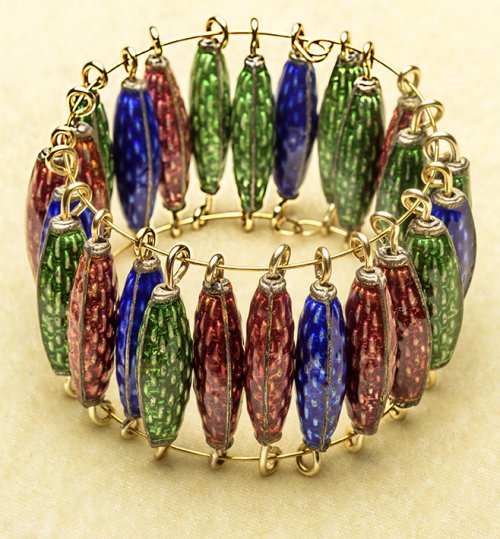

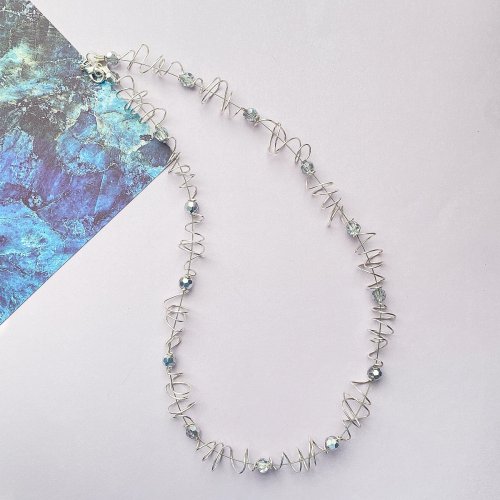


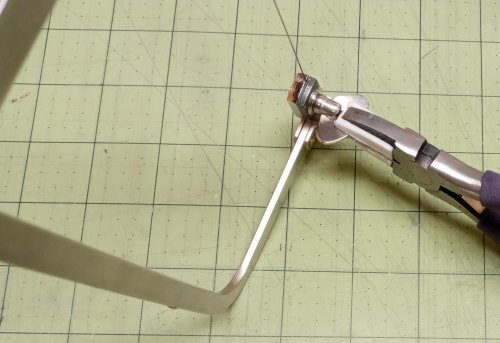

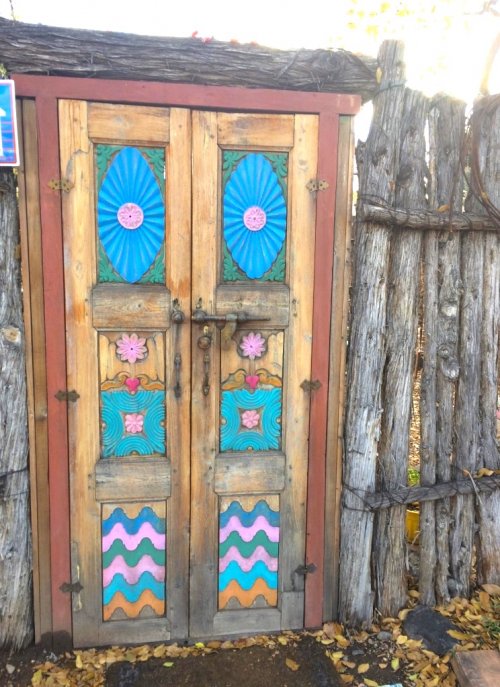



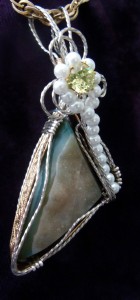

 About Jewelry Chain- About Ball Chain
About Jewelry Chain- About Ball Chain About Jewelry Chain- Snake Chain and Omega Chain
About Jewelry Chain- Snake Chain and Omega Chain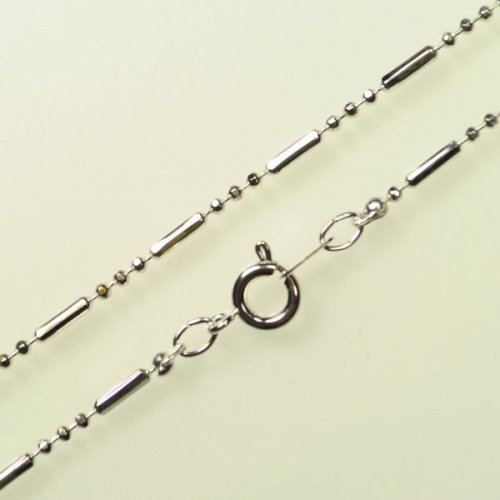 About Jewelry Chain- Bar Chain and Peanut Chain
About Jewelry Chain- Bar Chain and Peanut Chain About Jewelry Chain - Cable Chain and Rolo Chain
About Jewelry Chain - Cable Chain and Rolo Chain About Jewelry Chain- Curb Chain and Gourmette Chain
About Jewelry Chain- Curb Chain and Gourmette Chain About Jewelry Chain- Figaro Chain
About Jewelry Chain- Figaro Chain About Jewelry Chain- Infinity Chain and Anchor Chain
About Jewelry Chain- Infinity Chain and Anchor Chain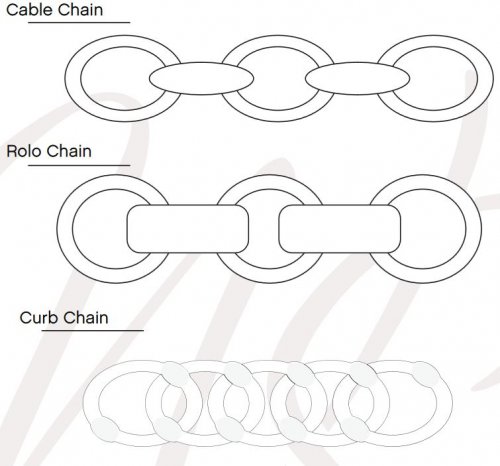 About Jewelry Chain- Chain Reference Sheet
About Jewelry Chain- Chain Reference Sheet About Jewelry Chain- Venetian Chain and Box Chain
About Jewelry Chain- Venetian Chain and Box Chain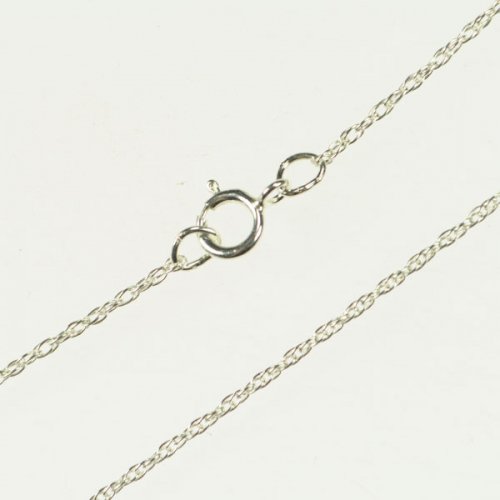 About Jewelry Chain- Wheat Chain and Rope Chain
About Jewelry Chain- Wheat Chain and Rope Chain Introduction to Chain
Introduction to Chain Access More Money by Making Jewelry When Your Prices Are Right
Access More Money by Making Jewelry When Your Prices Are Right An Introduction to Beads and Beading
An Introduction to Beads and Beading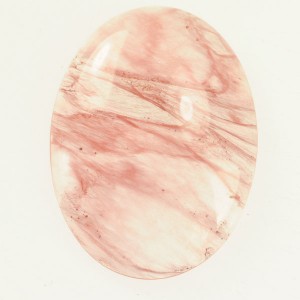 Common Gemstone Misconceptions
Common Gemstone Misconceptions Wire Wrapped Christmas Tree
Wire Wrapped Christmas Tree How To Polish Metal Jewelry using a Rotary Tumbler
How To Polish Metal Jewelry using a Rotary Tumbler How To Polish Your Own Rocks using a Rotary Rock Tumbler
How To Polish Your Own Rocks using a Rotary Rock Tumbler How to Merchandise Your Jewelry on the Internet
How to Merchandise Your Jewelry on the Internet How to Use Twitter as a Wire Jewelry Artist
How to Use Twitter as a Wire Jewelry Artist 20 Ideas to get your Jewelry Biz Busy
20 Ideas to get your Jewelry Biz Busy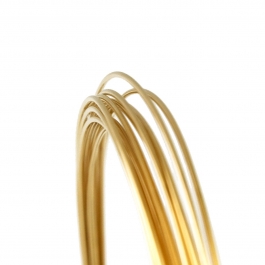 Watching the Precious Metals Market
Watching the Precious Metals Market Jewelry Design Ideas - Get Inspired
Jewelry Design Ideas - Get Inspired Measuring Tools
Measuring Tools July Birthstone - The Ruby
July Birthstone - The Ruby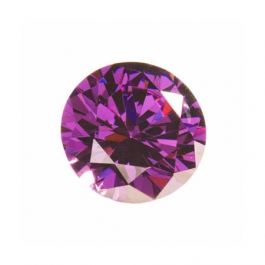 February Birthstone- Amethyst
February Birthstone- Amethyst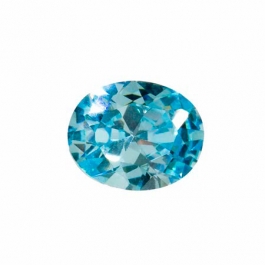 March Birthstone - Aquamarine and Bloodstone
March Birthstone - Aquamarine and Bloodstone September Birthstone - Sapphire
September Birthstone - Sapphire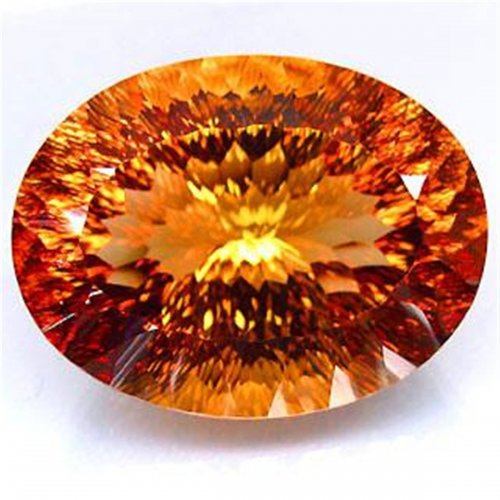 November Birthstones - Topaz and Citrine
November Birthstones - Topaz and Citrine October Birthstones - Rose Zircon, Pink Tourmaline and Opal
October Birthstones - Rose Zircon, Pink Tourmaline and Opal April Birthstone - The Diamond
April Birthstone - The Diamond August Birthstone - Peridot and Sardonyx
August Birthstone - Peridot and Sardonyx June Birthstones - Alexandrite, Pearl and Moonstone
June Birthstones - Alexandrite, Pearl and Moonstone Metalsmithing
Metalsmithing Featured Tool - Mini TruStrike Hammers
Featured Tool - Mini TruStrike Hammers Natural Jasper Stones - Cabochon Gemstones
Natural Jasper Stones - Cabochon Gemstones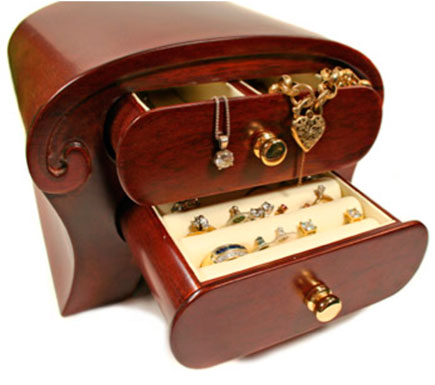 Organize Your Jewelry Box
Organize Your Jewelry Box Pearls- It's a Cultural Thing
Pearls- It's a Cultural Thing Soldering 101
Soldering 101 Starting Your Own Home Jewelry Business
Starting Your Own Home Jewelry Business The Art of Creating Chainmail
The Art of Creating Chainmail Why Should I Be Using Facebook
Why Should I Be Using Facebook Make Handmade Neck Cords on a Dime
Make Handmade Neck Cords on a Dime Tagging Handmade Jewelry Gifts
Tagging Handmade Jewelry Gifts Share Your Expertise with Your Community
Share Your Expertise with Your Community Creating Color Schemes for Jewelry Making
Creating Color Schemes for Jewelry Making Bronze, Brass, Nickel Silver and Copper Base Metals
Bronze, Brass, Nickel Silver and Copper Base Metals Gemstone Treatments
Gemstone Treatments How Wire is Made
How Wire is Made Beading A-B-C's
Beading A-B-C's How to Set Up Your Workspace
How to Set Up Your Workspace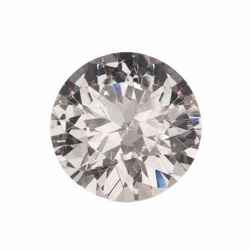 Gem Profile- Diamond
Gem Profile- Diamond Gem Profile- Peridot
Gem Profile- Peridot Gem Profile- Goldstone
Gem Profile- Goldstone Gem Profile- Cryptocrystalline Quartz Introduction
Gem Profile- Cryptocrystalline Quartz Introduction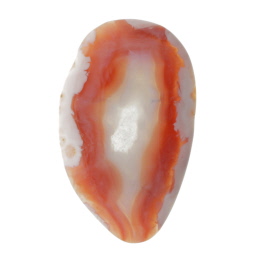 Gem Profile- Banded Agate and Brecciated Agate
Gem Profile- Banded Agate and Brecciated Agate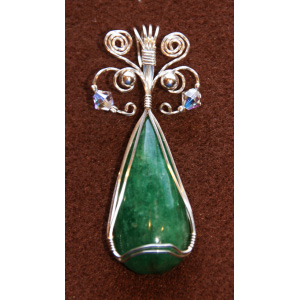 Gem Profile- Emerald
Gem Profile- Emerald Gem Profile- Titanite or Sphene
Gem Profile- Titanite or Sphene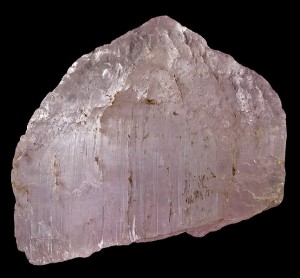 Gem Profile- Morganite
Gem Profile- Morganite Gem Profile- Desert Rose
Gem Profile- Desert Rose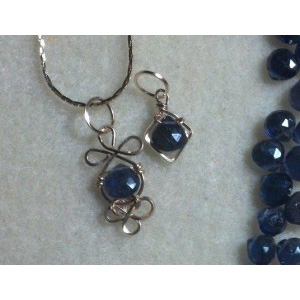 Gem Profile- Iolite
Gem Profile- Iolite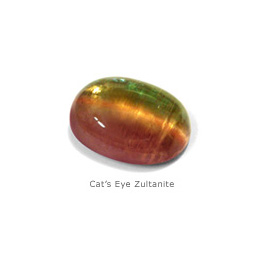 Gem Profile- Zultanite
Gem Profile- Zultanite Gem Profile- Maw Sit Sit
Gem Profile- Maw Sit Sit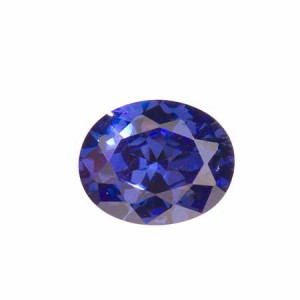 Gem Profile- Tanzanite
Gem Profile- Tanzanite Gem Profile- Aquamarine
Gem Profile- Aquamarine Gem Profile- Turquoise
Gem Profile- Turquoise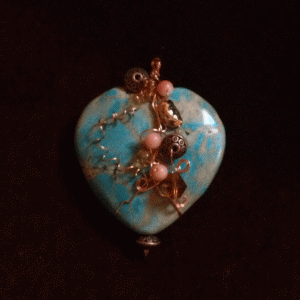 Gem Profile- Turquoise Types
Gem Profile- Turquoise Types Gem Profile- What's Druze
Gem Profile- What's Druze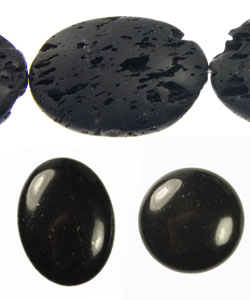 Gem Profile- Basalt
Gem Profile- Basalt Gem Profile- Fordite
Gem Profile- Fordite Gem Profile- Variscite
Gem Profile- Variscite Gem Profile- Pearls
Gem Profile- Pearls Gem Profile- Onyx
Gem Profile- Onyx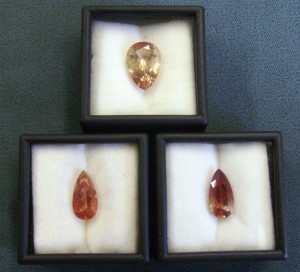 Gem Profile- Sunstone
Gem Profile- Sunstone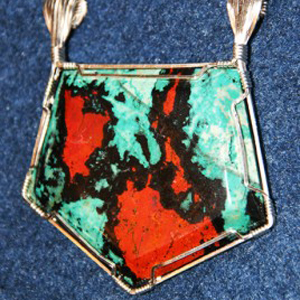 Gem Profile- Sonora Sunrise
Gem Profile- Sonora Sunrise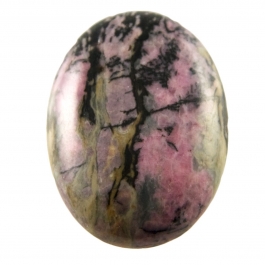 Gem Profile- Rhodonite
Gem Profile- Rhodonite Gem Profile- Glass, Crystal and Quartz
Gem Profile- Glass, Crystal and Quartz Gem Profile- Psilomelane
Gem Profile- Psilomelane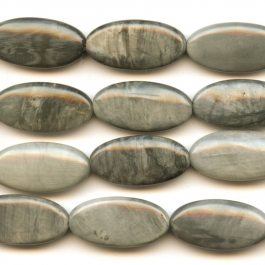 Gem Profile- Cat's Eye
Gem Profile- Cat's Eye Gem Profile- Carnelian
Gem Profile- Carnelian Gem Profile- Petoskey Stones and Indonesian Fossil Coral
Gem Profile- Petoskey Stones and Indonesian Fossil Coral Gem Profile- Rutilated Quartz
Gem Profile- Rutilated Quartz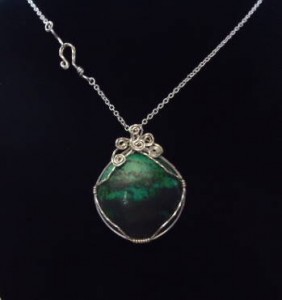 Gem Profile- Chrysocolla
Gem Profile- Chrysocolla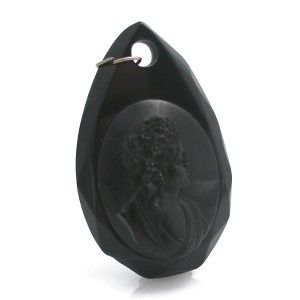 Gem Profile- Jet
Gem Profile- Jet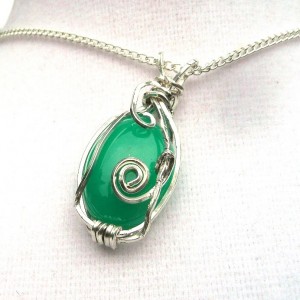 Gem Profile- Chrysoprase
Gem Profile- Chrysoprase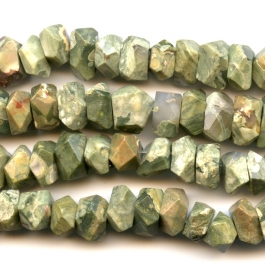 Gem Profile- Rhyolite
Gem Profile- Rhyolite Gem Profile- Chalcedony
Gem Profile- Chalcedony Gem Profile- Lepidolite and Sugilite
Gem Profile- Lepidolite and Sugilite Gem Profile- Unakite
Gem Profile- Unakite Gem Profile- Cowrie Shells, Conch Shells, and Drilling Shells
Gem Profile- Cowrie Shells, Conch Shells, and Drilling Shells Gem Profile- Mother of Pearl
Gem Profile- Mother of Pearl Gem Profile- Moss Agate and Plume Agate
Gem Profile- Moss Agate and Plume Agate Gem Profile- Thundereggs and Mexican Lace Agate
Gem Profile- Thundereggs and Mexican Lace Agate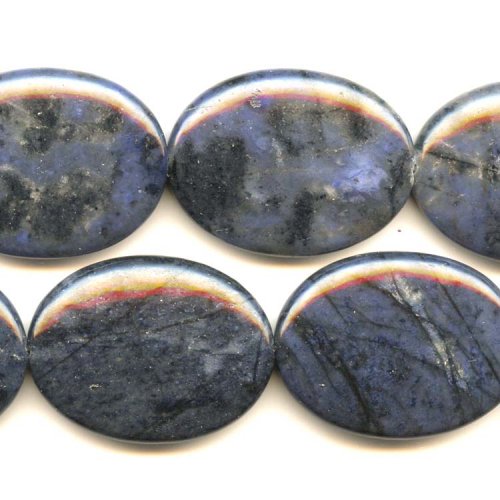 Gem Profile- Dumortierite
Gem Profile- Dumortierite Gem Profile- Apatite
Gem Profile- Apatite Gem Profile- Blue Topaz
Gem Profile- Blue Topaz Gem Profile- Aragonite
Gem Profile- Aragonite Gem Profile- Zircon and Cubic Zirconia
Gem Profile- Zircon and Cubic Zirconia Gem Profile- Topaz
Gem Profile- Topaz Gem Profile- Howlite
Gem Profile- Howlite Gem Profile- Sodalite
Gem Profile- Sodalite Gem Profile- Magnesite
Gem Profile- Magnesite Gem Profile- Cuprite
Gem Profile- Cuprite Gem Profile- Nuummite
Gem Profile- Nuummite Gem Profile- Bronzite
Gem Profile- Bronzite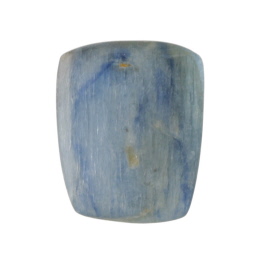 Gem Profile- Kyanite
Gem Profile- Kyanite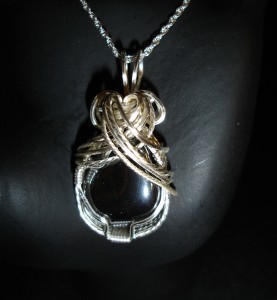 Gem Profile- Hematite
Gem Profile- Hematite Gem Profile- Derbyshire Blue John
Gem Profile- Derbyshire Blue John Gem Profile- Eilat Stone
Gem Profile- Eilat Stone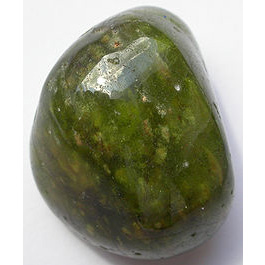 Gem Profile- Vesuvianite
Gem Profile- Vesuvianite Gem Profile- Strontium Titanate -Fabulite
Gem Profile- Strontium Titanate -Fabulite Gem Profile- Tourmaline
Gem Profile- Tourmaline Gem Profile- Larimar
Gem Profile- Larimar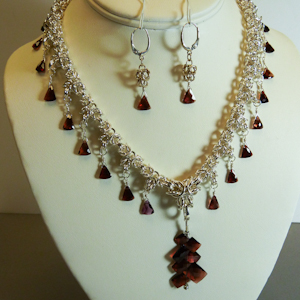 Gem Profile- Garnet
Gem Profile- Garnet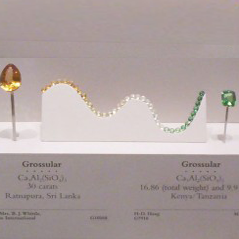 Gem Profile- Tsavorite and Green Garnets
Gem Profile- Tsavorite and Green Garnets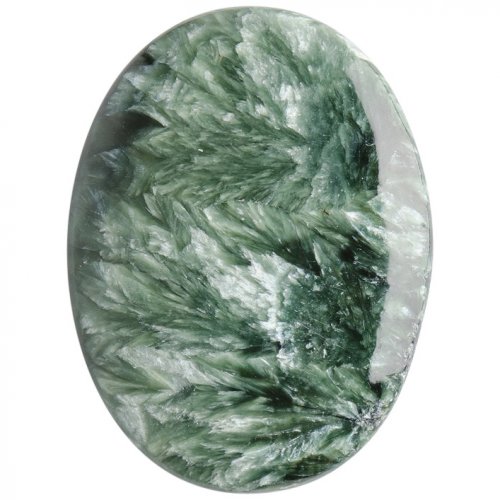 Gem Profile- Seraphinite
Gem Profile- Seraphinite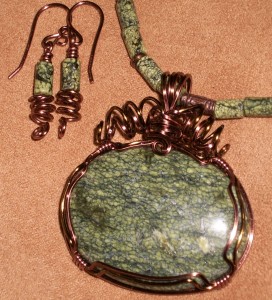 Gem Profile- Serpentine
Gem Profile- Serpentine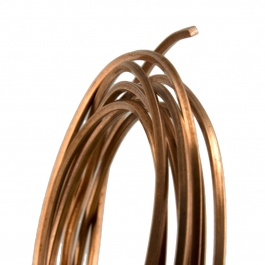 American Wire Gauge
American Wire Gauge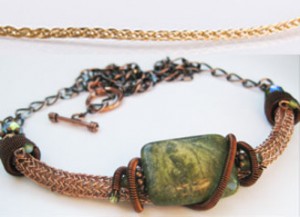 Viking Knit and Spool Knit Chain
Viking Knit and Spool Knit Chain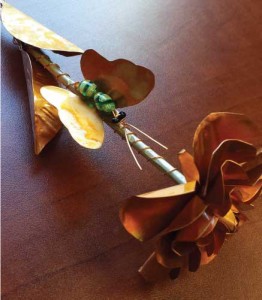 Copper Roses
Copper Roses How to Make Medical ID Bracelets Special
How to Make Medical ID Bracelets Special Remembering the Fallen
Remembering the Fallen 6 Ways to Find Your Uniqueness in Jewelry
6 Ways to Find Your Uniqueness in Jewelry Gem Profile- Moissanite
Gem Profile- Moissanite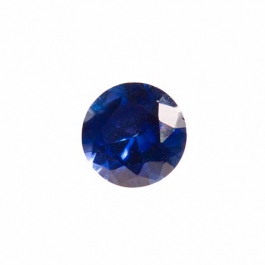 Birthstone Swarovski Colors
Birthstone Swarovski Colors Gem profile- Paua and Abalone
Gem profile- Paua and Abalone Tips for Tucson Shopping- Gem Show Secrets
Tips for Tucson Shopping- Gem Show Secrets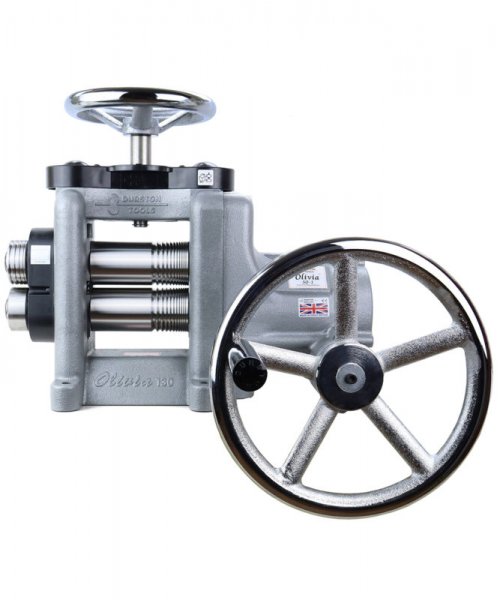 Durston Olivia Rolling Mills
Durston Olivia Rolling Mills How to Use a Jewelry Bench Polisher Effectively
How to Use a Jewelry Bench Polisher Effectively 
